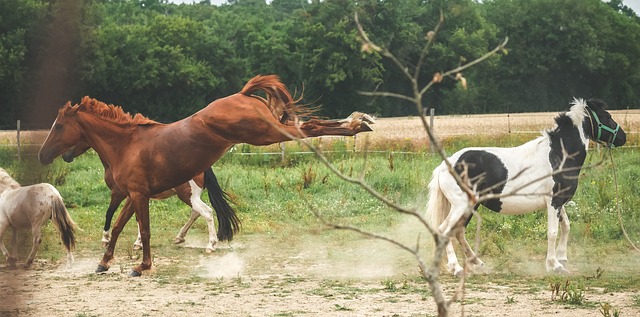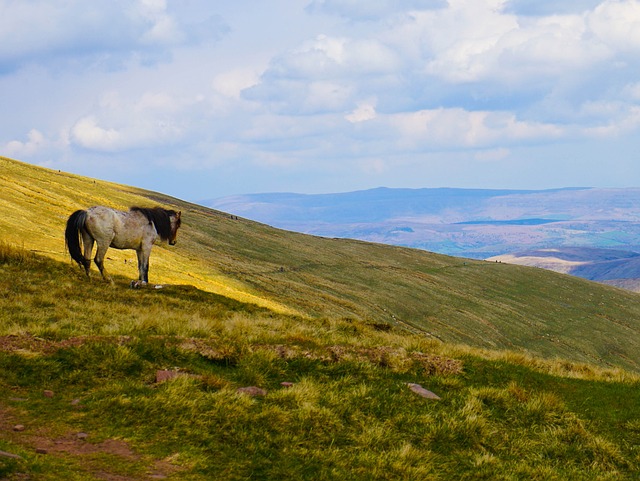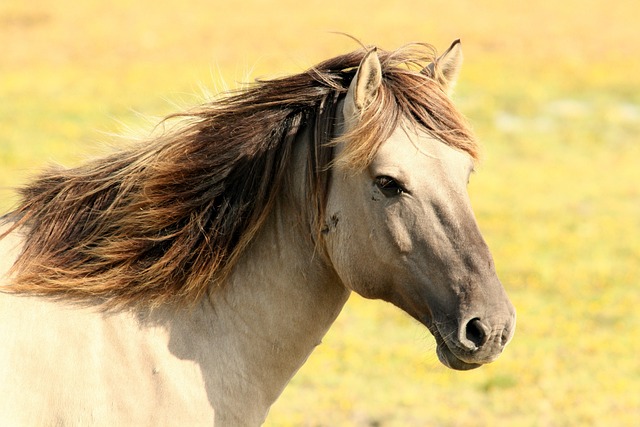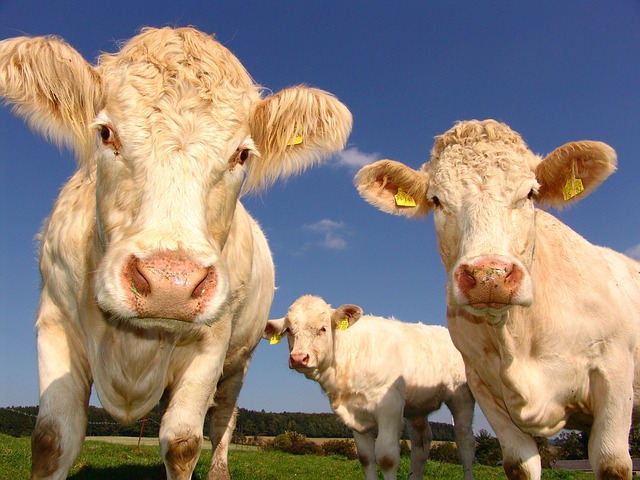Herd Behavior

Why wont my horse put its head down after an injection?
March 16, 2023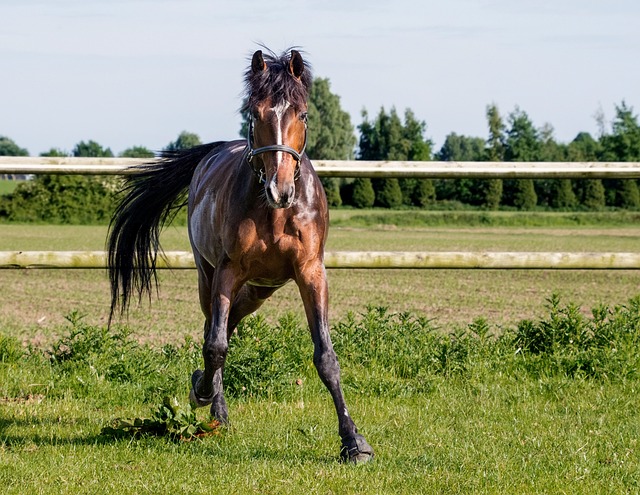
What does Pectin do for horses?
March 16, 2023
Categories
Horses are social animals and have evolved to live in groups or herds. As a result, herd behavior is an important part of their social structure and influences many aspects of their behavior, including their interactions with other horses and their response to their environment.
Here are some common examples of herd behavior in horses:
- Hierarchy: In a herd, horses establish a social hierarchy, with some horses taking on leadership roles and others taking on subordinate roles. The hierarchy is established through subtle interactions such as body language, posturing, and physical interactions such as nipping or kicking.
- Communication: Horses use a variety of vocalizations and body language to communicate with each other. This includes whinnying, nickering, snorting, and squealing, as well as body posturing such as ears back or forward, tail position, and head position.
- Mutual Grooming: Mutual grooming is an important part of herd behavior in horses. Horses will groom each other’s coats, manes, and tails, both as a way to bond and to keep each other clean and free of parasites.
- Protection: Horses in a herd will often band together to protect themselves from potential threats such as predators or other aggressive horses. They will also alert each other to potential dangers by snorting or whinnying.
- Movement: Horses in a herd will often move together as a group, either grazing or traveling to a new location. This coordinated movement allows them to stay together as a group and provides safety in numbers.
Understanding herd behavior is important for anyone working with horses. By understanding how horses interact with each other and their environment, we can create a more positive and comfortable environment for our horses, which can improve their overall health and well-being.

